How to grow tulips indoors – a step-by-step guide to forcing these beautiful bulbs
These spring favorites aren't reserved for the garden – try growing them in your home for a gorgeous display


The sight of spring bulbs – their glowing colors and satin-like petals – fills me with joy every year. Whether scattered in borders or bursting from pots, they herald the near end of winter. And, after months of cold and gray, this can feel quite a relief.
Although I do love a daffodil (especially if it's highly fragranced, such as Narcissus 'Bridal Crown'), tulips are my favorite type of spring bulb. And recently, I discovered that they can be grown indoors, similar to forcing hyacinths or paperwhites in a jar.
What better way to celebrate the shifting of seasons in your home?
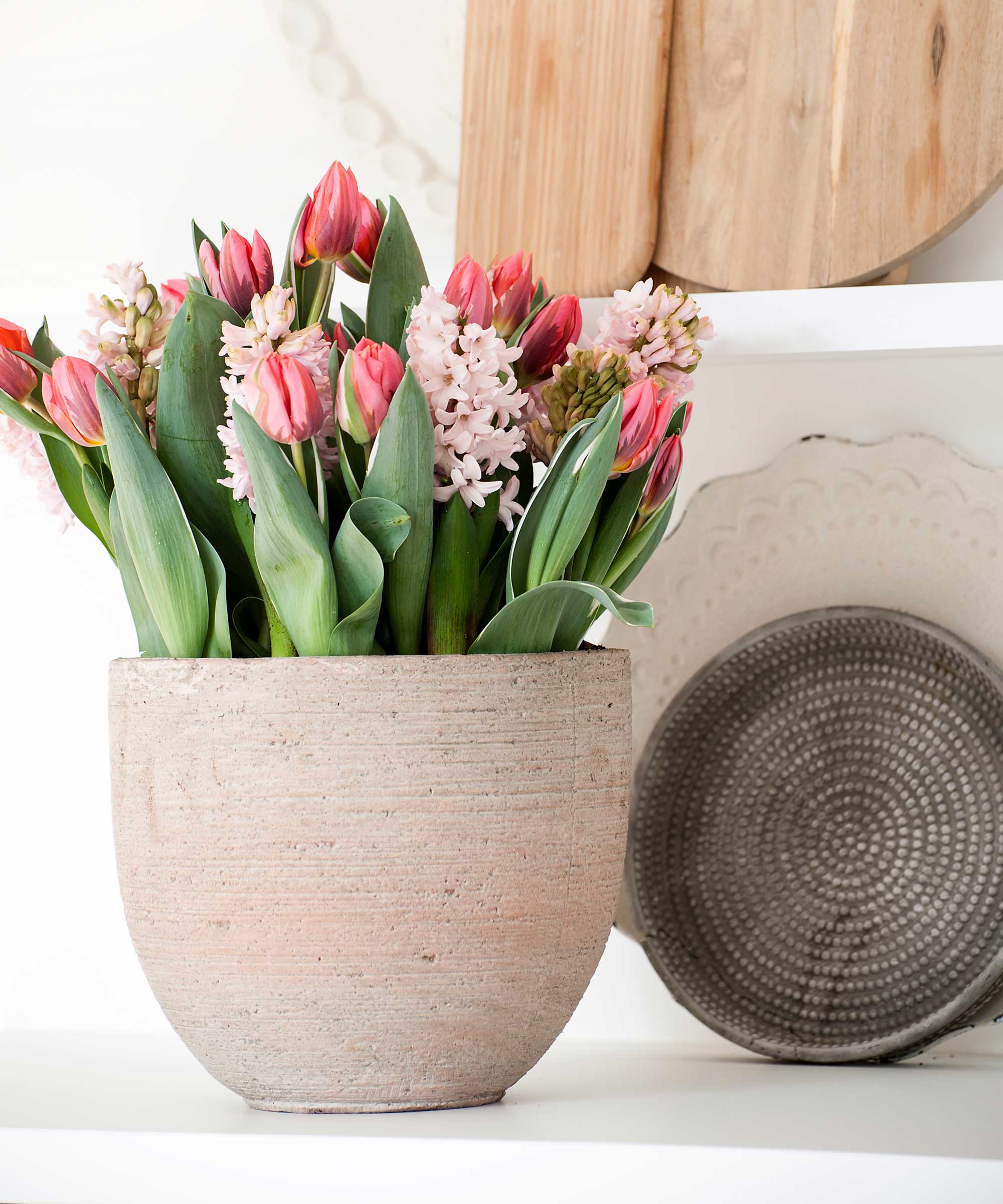
Bulbs bring spring cheer to a home – both indoors and out
Forcing tulips indoors
Brighten your interior this spring by forcing these extravagant spring bulbs.
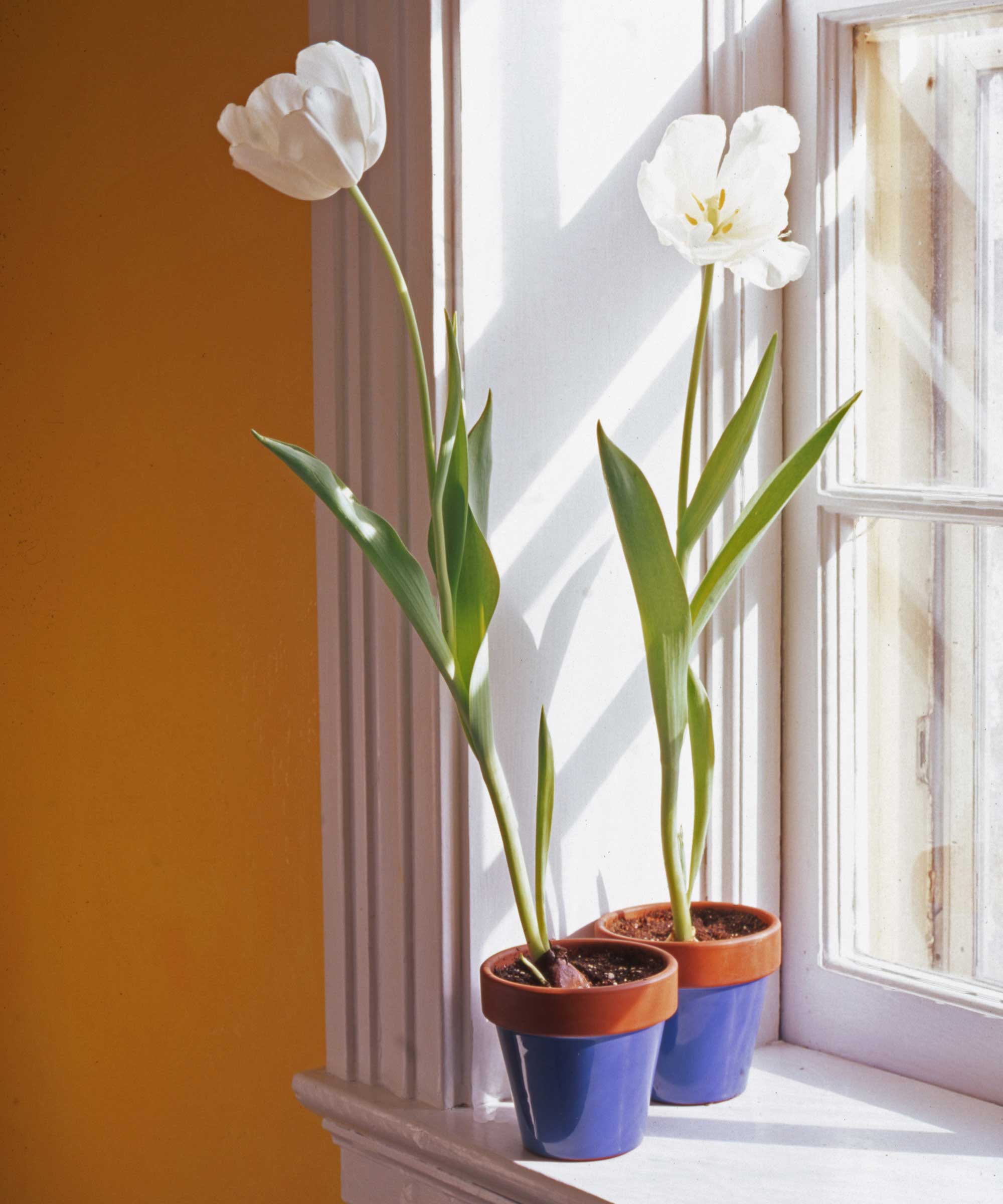
A simple yet elegant look
How to prepare tulips for planting indoors
Some bulbs are sold ready for forcing, which means they've been pre-chilled. But often, you'll need to prepare tulips yourself.
'Tulips require 14-16 weeks of chill time to adequately grow and bloom,' says Katie Sunderlage of Holland Group.
To do this, store the bulbs in a cool, dry, and dark location, she says. This can be a sheltered, outdoor spot where the temperatures are consistently below 50°F during the day but will not go below freezing. The bulbs can alternatively be stored in a refrigerator, she says – a good option if you live in a warmer climate.
Design expertise in your inbox – from inspiring decorating ideas and beautiful celebrity homes to practical gardening advice and shopping round-ups.
She recommends placing them in a paper bag with vermiculite, sawdust, or kitty litter to keep moisture away from the bulbs. If storing them in the fridge, it's important to keep the bulbs away from fruits or vegetables, she adds. 'Fruits and veggies can give off ethylene gases that can cause the bulbs to rot.
'After the bulbs have received the correct amount of time pre-chilling, they can then be planted.'
You can also plant the bulbs prior to pre-chilling them, Katie continues. 'The pots can then be stored in the same cool locations recommended above for the required timeframe.'
If following this method, check on them weekly: 'Regular watering isn’t necessary, but the soil should be slightly damp. Using a misting bottle or spray bottle is a great way to provide moisture without overwatering.' If mold starts to form on the surface of the soil, the bulbs should still be okay, she adds, 'but it’s important to not water until the soil is allowed to dry out.'

Operations Manager at Holland Group, managing the customer service department and purchasing, Katie Sunderlage has been in the green industry since 2005 in the Greater Milwaukee area, earning her degree in horticulture in 2008. She has been able to share her love for plants by working in multiple garden centers, in sales positions, and most recently in an online retail platform at Holland Group.
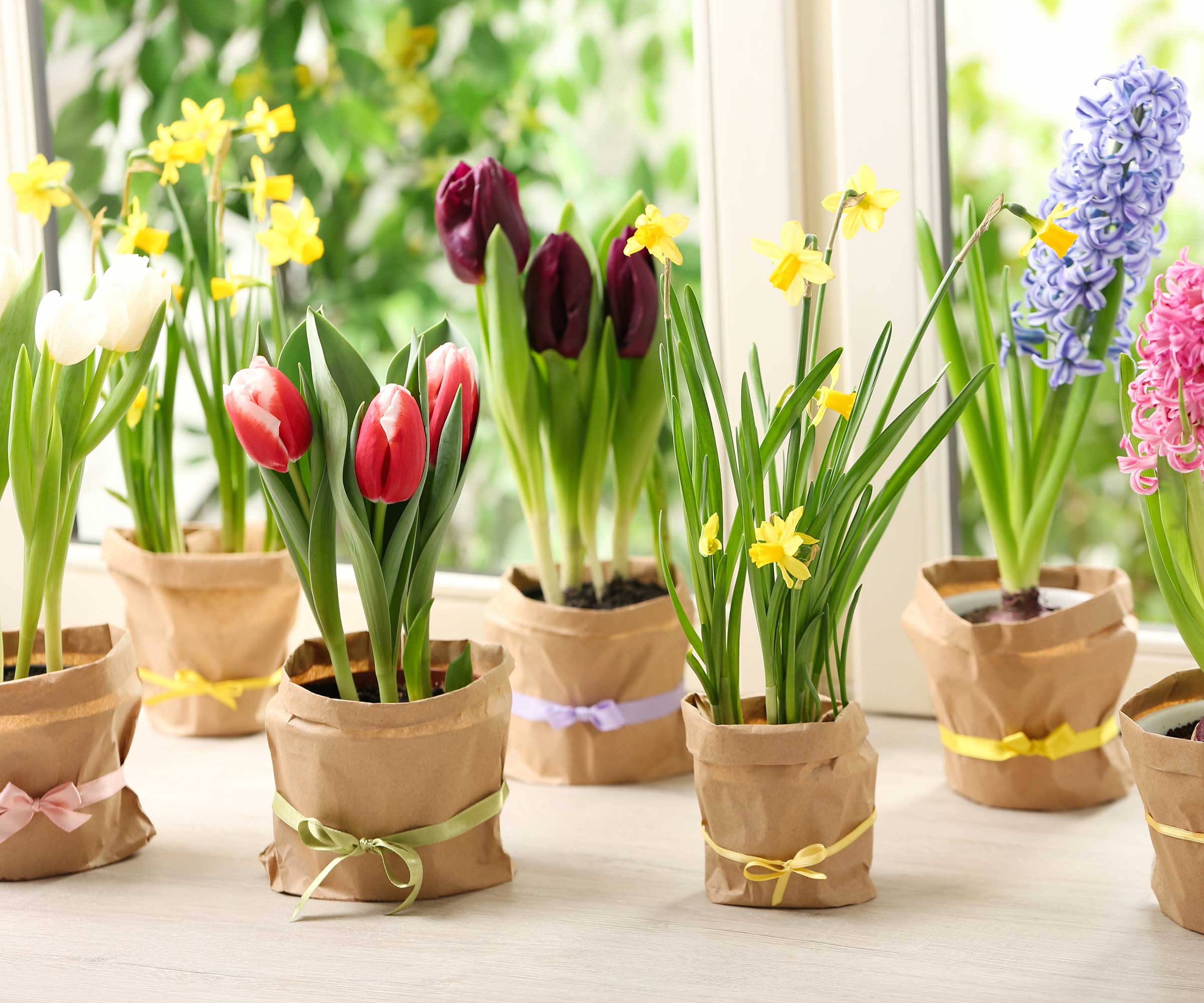
Tulips can be forced alongside other spring bulbs for a vibrant display
How to plant tulips indoors
Follow these expert steps to force tulip bulbs indoors:
- 'Select high-quality, firm bulbs,' advises Tony O'Neill of Simplify Gardening. He recommends 'Apricot Beauty', 'Christmas Marvel', or 'Golden Apeldoorn'. 'Avoid any bulbs that show signs of damage or rot,' he adds.
- Complete the pre-chilling process explained above by storing the bulbs somewhere cold. If you are pre-chilling them in their pots, follow the planting instructions below beforehand.
- Choose a container that is 6-12 inches in diameter and relatively shallow, advises Anna Ohler of Bright Lane Gardens. 'Use a well-draining potting soil and fill the container to about 3-4 inches below the rim,' instructs Autumn Hilliard-Knapp of Perfect Plants Nursery.
- 'Place the tulip bulbs on top, pointed end up, and cover them with soil, leaving the tips of the bulbs exposed,' Autumn continues. 'Several bulbs can be grown in each container,' says Anna. But, as Tony points out, ensure each bulb has about an inch of space around it. 'Bulbs can be close but should not touch each other or the sides of the pot,' he says.
- 'Water the bulbs thoroughly after planting to settle the soil,' Autumn says.
- After planting your pre-chilled bulbs (or completing the pre-chilling process for bulbs planted in pots), place the pots in a location that is between 55-65°F for about 2-3 weeks, says Katie. This gives them time to acclimate to a warmer environment. Moving them too quickly can shock the bulbs and cause them to grow shorter than expected or not bloom, she explains. 'During this time, make sure to keep the soil moist but not saturated.'
- After they have been acclimated, the potted bulbs can be moved to a bright, sunny, and warm location, says Katie. At this time, they will need more regular watering as they will be actively growing, she adds.

Tony O'Neill is an accomplished gardening expert, author, and educator. With a passion for simplifying gardening practices, he has inspired a wide audience through his popular YouTube channel and website SimplifyGardening.com. Tony's expertise empowers individuals to cultivate thriving gardens and connect with nature.

Autumn is a horticulture specialist and marketing professional at Perfect Plants Nursery. With four years of experience in the horticulture industry, she has developed a passion for helping people create beautiful indoor and outdoor spaces to enjoy. Her expertise in horticulture encompasses a broad range of activities, including plant care and selection, landscape design, and maintenance.
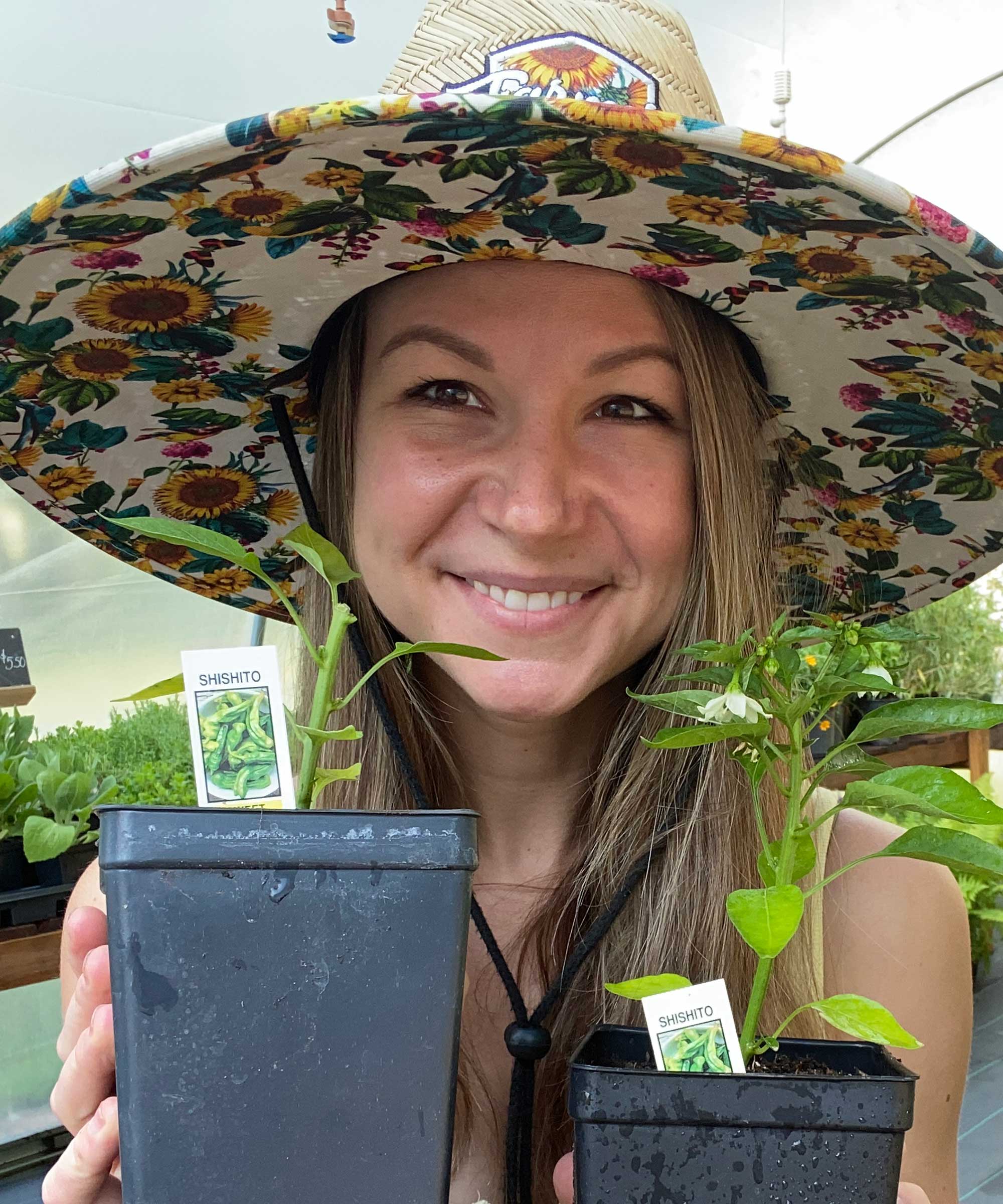
Anna is an avid plant hobbyist and the owner and operator of Bright Lane Gardens, a boutique plant nursery in Northern Michigan. With over a decade of experience in gardening and landscaping, she takes every opportunity to share her knowledge on all things plant related. She also runs the company's YouTube channel, which is full of practical advice.
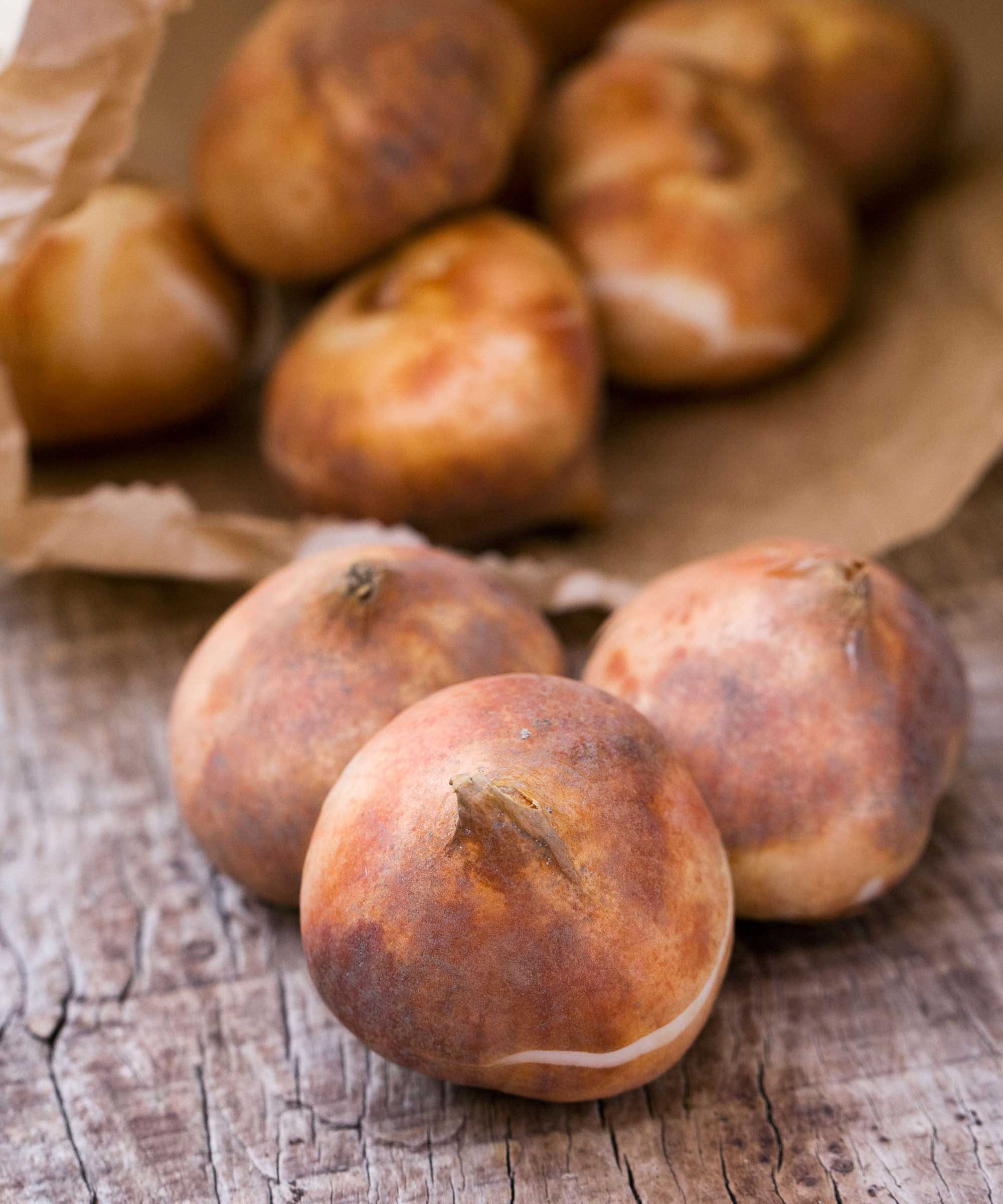
Tulip bulbs need to be pre-chilled to grow well
How to care for indoor tulips
'As the tulip shoots grow taller, continue to water them every 2-3 days, keeping the soil evenly moist,' says Anna. 'A diluted, evenly balanced fertilizer can also be added to help the plant flower.'
Try to keep them away from central heating and cold drafts.
'We have found that artificially pre-chilling bulbs is generally only successful for one growing season,' says Katie. 'A lot of energy is used when the bulbs are planted outside of their normal planting conditions, therefore they can be discarded after one year.'

Water your tulips regularly to encourage strong growth, but avoid waterlogging the soil
FAQs
When will indoor tulips flower?
Once your tulips have been brought into a bright and warm location, they should flower in about a month – sometimes less.
'The chilling period is crucial, so plan accordingly,' says gardening expert Tony O'Neill.
Can you grow tulip bulbs without soil?
There are forcing vases available (such as this recycled glass bulb vase from Terrain), which allow you to watch the roots develop. This is a popular approach for forcing hyacinths and it can be done for tulips, too.
Follow the same steps as when planting them in soil: pre-chill, keep them somewhere cool for a couple of weeks, then move the bulbs somewhere brighter and warmer. Ensure that the bulbs are not sitting in water – only the roots should make contact.
While you wait for spring to arrive, don't forget there are many other ways to bring blooms into your home. If you time it right, you can plant amaryllis in time for Christmas, for instance. Indoor cyclamen and Christmas cactuses also make pretty additions to a winter display.

Holly started writing about gardening five years ago, and she is a regular contributor to Homes & Gardens. She has also written many gardening features for Woman & Home and Real Homes, too. She has previous experience as a professional gardener, where she helped to plant and maintain private gardens. Holly has also looked after allotment plots over the years and loves to grow her own flowers and veggies from seed. In her spare time, she enjoys visiting local gardens, botanical drawing, and tending to her ever-growing collection of houseplants.